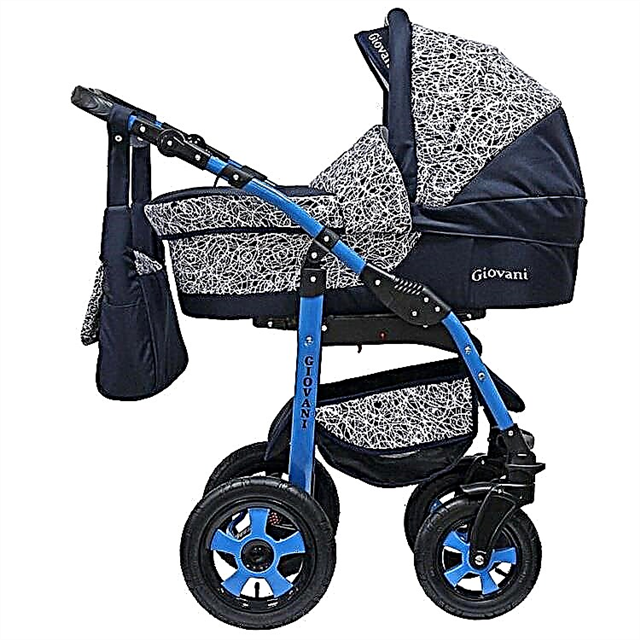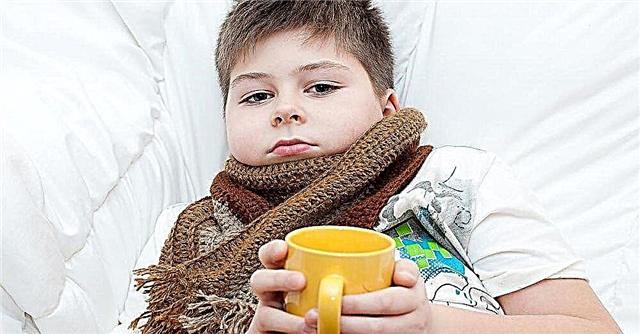
To help hyperactive children be timely, experts advise using game therapy - game therapy - for their correction. After all, children at any age first of all love to play.

Types of correctional games
Correctional and educational games for hyperactive children are divided into several types:
- Games for the development of attention.
- Games to relieve muscle and emotional tension.
- Games that develop management skills.
- Games that reinforce communication skills.

There are several requirements for them that everyone must comply with:
- Parents begin to introduce all games in stages, first they begin to train one function. If the result is visible in the games, then the games from the next group are selected further.
- Play activities are carried out both individually with the child and the whole family.
- Try to anticipate the child's fatigue by switching your attention to other objects during the time.
- A hyperactive child needs adult control, so try to introduce timely rewards and punishments in play.
All play activities develop with the child. At 2 - 3 years old, a baby can be very active, because during the day he accumulates so much energy that it needs to be thrown out somewhere. Here you just need to run, jump.

What parents should do to properly organize the baby's play activities:
Try to play along with him. If the child is dancing and singing, then you can turn on the music and say that he is an artist performing for toys. Or if the children run and jump throughout the apartment, then you can play with them, pretending to be a hunter, and they are hares. The main task of the mother is to direct and organize the activity in time so that it is not aimless. At this age, playing with plasticine, various cereals and water will be useful, of course, under the supervision of an adult.
Games for preschool children (4-5 years old)
In this age group of children, you can already include games for the development of a particular function.
Game "One, two, three speak!" An adult asks children simple questions, but they can be answered only when they hear the command: "One, two, three - speak!" Questions might include: "Name your pet"; "What is color"; "What a toy this is."
The games-etudes relieve tension very well.
The game "Snowman". The child depicts a snowman - spreads his tense arms to the side, puffs out his cheeks. The adult depicts the sun, which warms and strokes the child. The snowman conceals and slowly sinks to the floor.
Game "Ball". Children imagine themselves as colorful balloons. An adult depicts a pump, from the movements of which the balls are inflated. Then there comes a clap with your hands, the balls burst and slowly sink to the floor.
Various games and exercises for attention "This is superfluous"; Find the difference in the picture; "Touch a color or an object."

Games for primary school children (6-7 years old)
Exercise "Magic ball". Trains self-regulation. During the game, the child needs to wind a ball of bright yarn around his hand. Children are told that the glomerulus has extraordinary strength, and the one who winds it around the hand quickly calms down.
Game "Draw a picture". An adult draws any part of the picture on the board. After that, the children take turns coming up to the blackboard and completing the part that is missing in the picture. This will create a joint picture.
"Birdie". Any fluffy and soft object is given to the child, a fairy tale is told. The child's task is to warm the bird with his warmth and breath.
Game "Shout - whisper - keep quiet". You need to cut 3 palm prints from multi-colored cardboard: red, yellow and blue. They will represent signal commands. An adult will raise a red palm - you can run, shout, make a lot of noise; yellow - you can quietly move and whisper; blue - children should freeze in place.
Here are some more interesting games and exercises: Listen to Claps, Let's Say Hello, Waves, Talking with Hands, Playing at Desks.
Hyperactive children all love to play with bulk materials, this develops fine motor skills and calms the nervous system. Now there are many different sets for playing with sand and water, any of them can be bought in the store or made by yourself at home.


Exercises and sand games
Playing with sand relieves stress, develops a psycho-emotional state, and develops fine motor skills.
On the sand, younger children can draw drawings and shapes, and older children can write letters of the word with a stick or finger.

How are sand games carried out?
At the first stage, children are introduced to the possibilities of sand, that it is dry, and if you add water, it is wet. It can be rubbed between palms, squeezed, sieved, snakes and palm prints made, and animal footprints can be depicted.
Children love the Secret game very much; Find Treasure. The presenter buries toys, shells, pebbles in the sand, and the child with closed eyes, feeling the object, tries to find out what it is and where it is without opening his fist, or simply digs it out.


Recommendations for play activities for parents or what to do with the baby
If the child runs around the apartment without stopping, screams loudly, jumps on the floor, makes chaotic movements with his hands and feet and does not hear you at all, then catch him, hug him and in a low voice offer to play.
You can ask to remember how a horse, cat, dog screams. Offer to show your hand, nose, knee. Ask the older child to count from 1 to 20.
Play Freeze Otomri, there are many variations of this game. For example, on the command "morning" the child yawns, stretches, "day" - jumps, runs, "night" - pretends to be asleep.
All children love the Robot game: there are only two players here, the first driver depicts a robot that follows all the instructions and instructions, and the second - the owner - gives them. Agree with your baby that as soon as you press on his nose, he immediately "turns off". You can expand on this idea by drawing a remote control (or use an unnecessary TV remote). Press the button on the remote control and say: "I decrease the volume (turn off the sound, turn on the slowdown)". Let the child follow the commands.

Invite your child to pretend that he is a lion hunting. At first he sits motionless in ambush, and then jumps and catches someone.
Ask your child to close their eyes and sit still, waiting for a certain signal. For example, when the bell rings for the second time, he must stand up and place the toy on the shelf or collect the cubes from the floor.
Suggest an Hour of Silence game. During this hour, all family members can only speak in whispers. You can get a reward for this, because it is very difficult to do, especially for such a child.
Take a napkin (or a piece of wood) and toss it up. Tell your child to laugh as loudly as possible while the napkin is falling. But as soon as it falls, you should immediately shut up. Play with your child.
It is better to teach your child a little bit so that when you spread your arms, he would run into your arms (I know, many parents do this). If this hug is pleasant, the habit will remain by 3-5 years. Therefore, spread your arms and when the child comes running to you, hug him tightly and hold the hug for a few seconds.


Sew a hand-sized bag and pour various cereals into it, this develops motor skills well and relieves stress. Encourage your child to run, jump and misbehave while holding this bag on his head. Promise him something interesting in return (treat him with something, play or read), if the bag does not fall until the timer rings (depending on age, the time interval is 1-5 minutes).
Suggest the Captain and the Ship game. The captain gives commands ("Right", "Left", "Straight"), and the ship clearly follows them. For an older child, you can choose a goal (for example, swim into the hallway) and place obstacles in the room (pins, soft toys). The child can choose any of the roles.
Block the road or grab a child running around the apartment. To pass (free), he must answer a question requiring concentration (for example, name a sea animal, count the number of windows in an apartment, or come up with five words for the letter "A").
Ask the kid running around the apartment to do your assignments (jump three times, run to the kitchen twice and back, jump off the sofa four times). It is important that an active assignment is combined with the need to keep track of actions. For each completed task, draw a flower or a typewriter for the kid in the album.
Invite your child to repeat all the words and actions after you. Begin to show fast, sharp movements or shout loudly. Gradually move towards calmer, smoother movements and quieter speech.
In addition to achieving an instant effect, these games will also help your baby learn to control himself. Do not forget that it is important for parents to be patient and not lose self-control, because the child takes an example from you, feels and reflects your own state.

You can learn more about hyperactivity by watching the following video.
How to behave for the parents of a child with ADHD, see the following video by clinical psychologist Veronica Stepanova.



